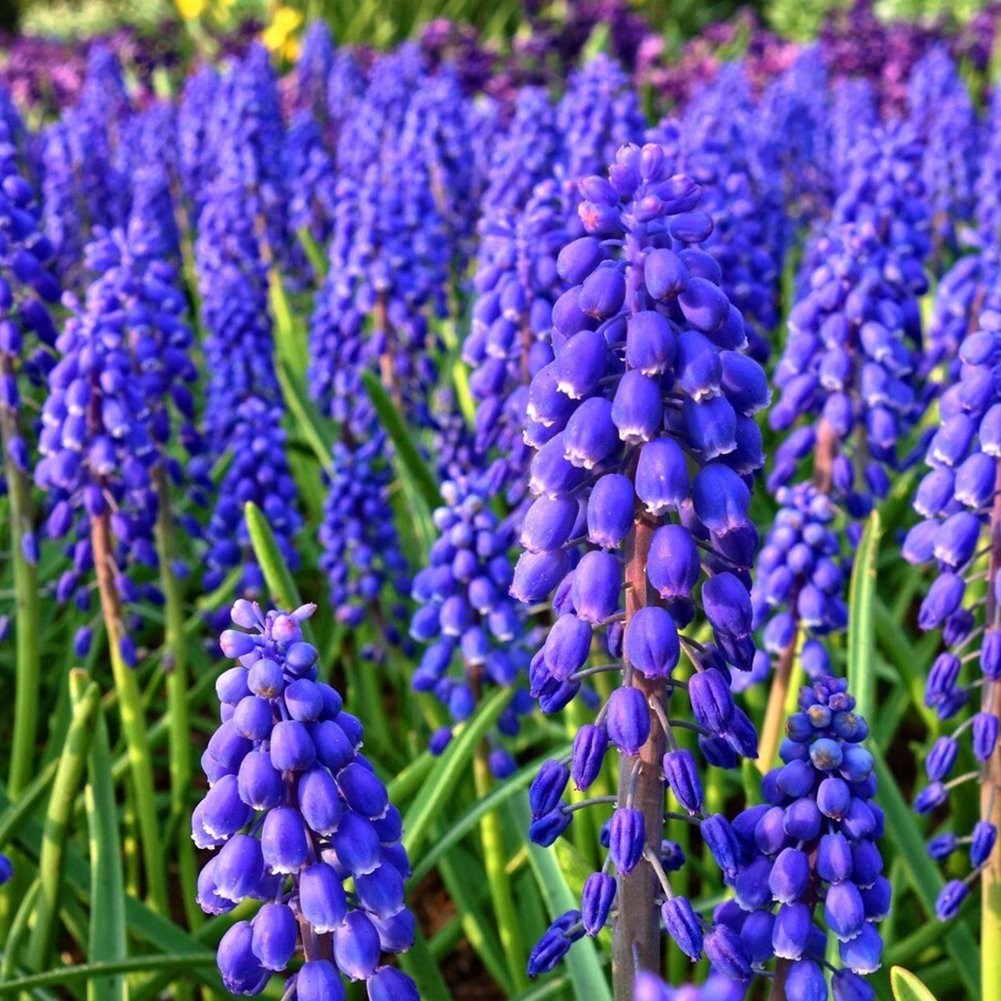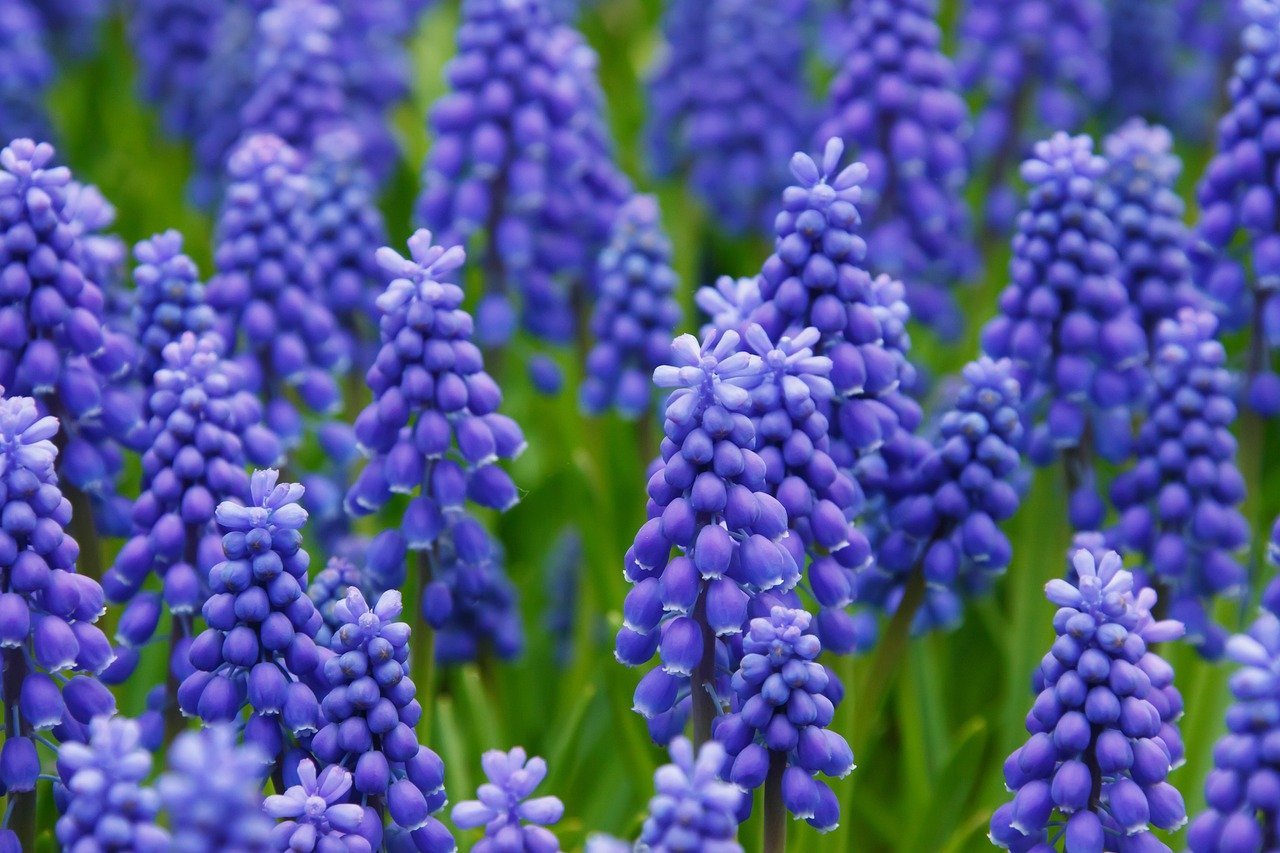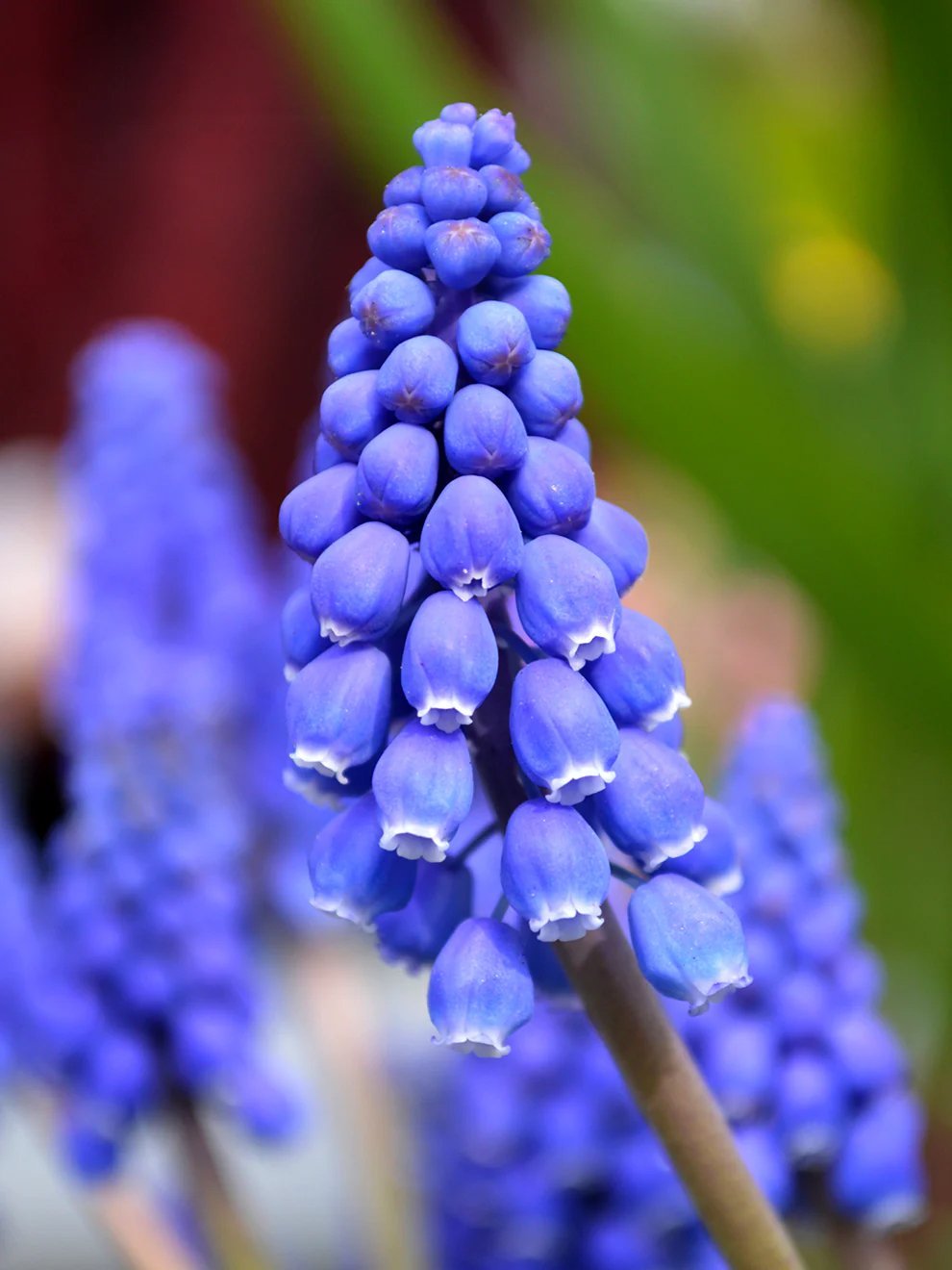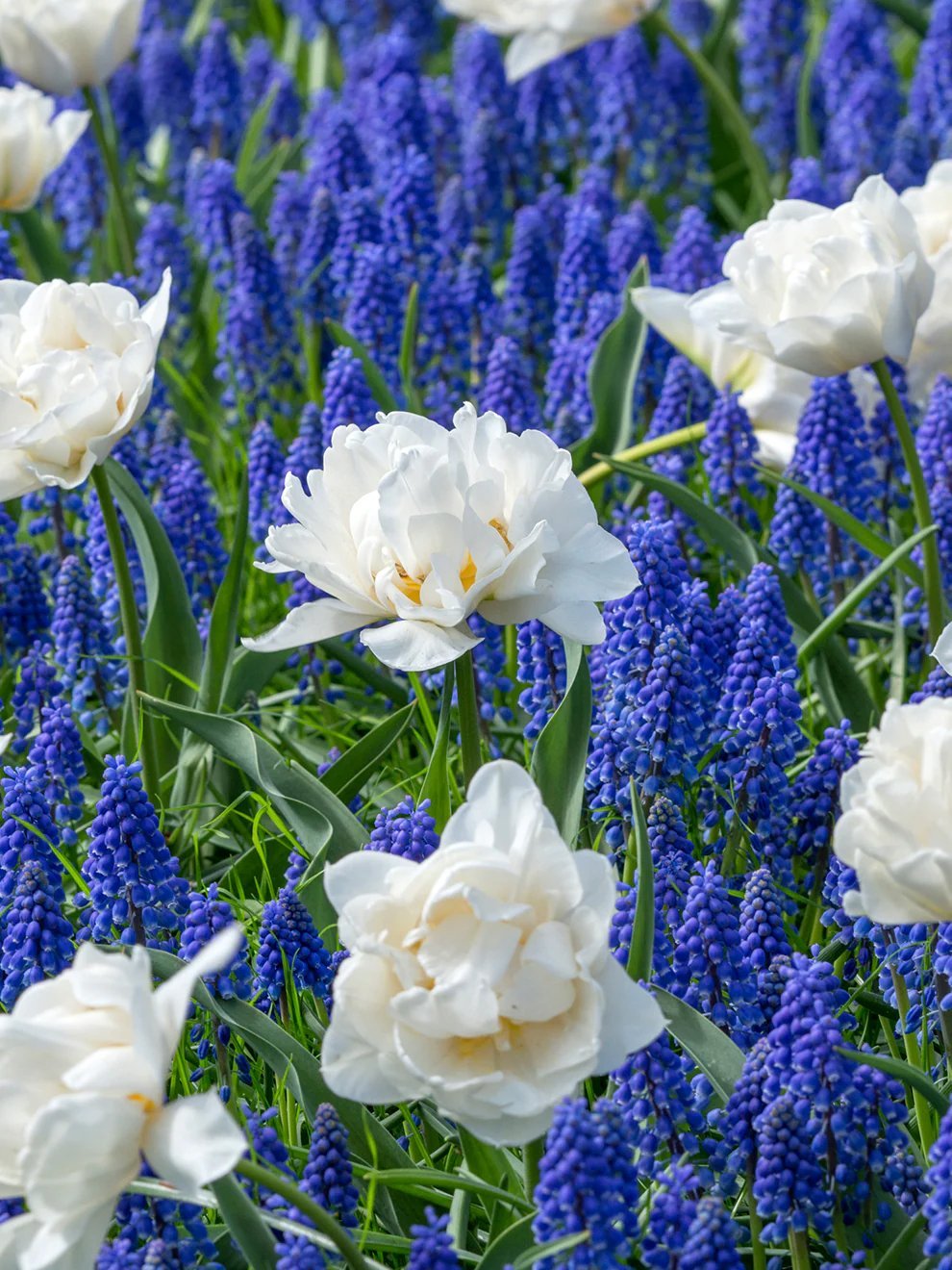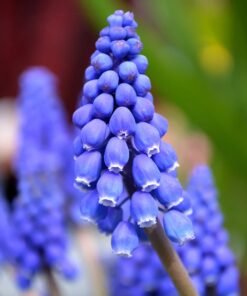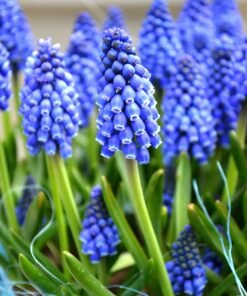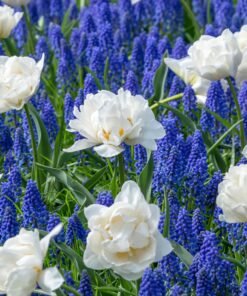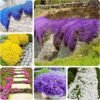Muscari Grape Hyacinth Flower Bulbs, Non-GMO, Fall Planting
$9.95 – $28.95
ABOUT SEED
Welcome to our seed shop! We offer a wide variety of seeds for your gardening needs. Whether you’re looking to grow vegetables, herbs, or flowers, we have something for everyone.
Our seeds are carefully selected to ensure that they are of the highest quality. We work with trusted suppliers to bring you seeds that are non-GMO and free from harmful chemicals. We believe that everyone deserves access to healthy and safe seeds for their garden.
We pride ourselves on our customer service. Our knowledgeable staff are happy to answer any questions you may have about our products or gardening in general. We also offer a range of resources to help you get the most out of your seeds, including planting guides and tips on how to care for your plants.
Shopping with us is easy and convenient. You can browse our selection online or visit us in-store. We offer fast and reliable shipping, so you can start planting right away.
Thank you for choosing our seed shop. We look forward to helping you create the garden of your dreams!

